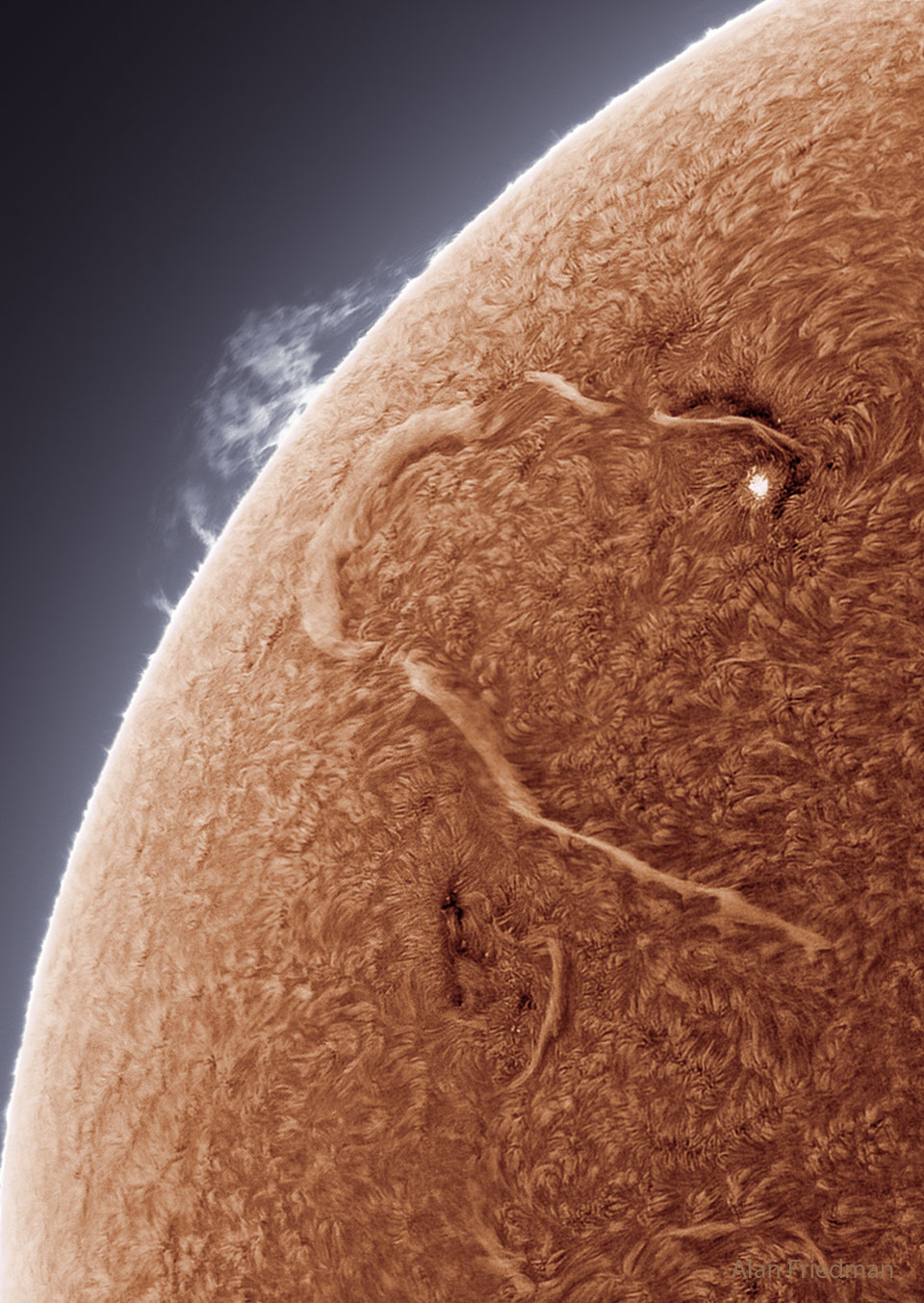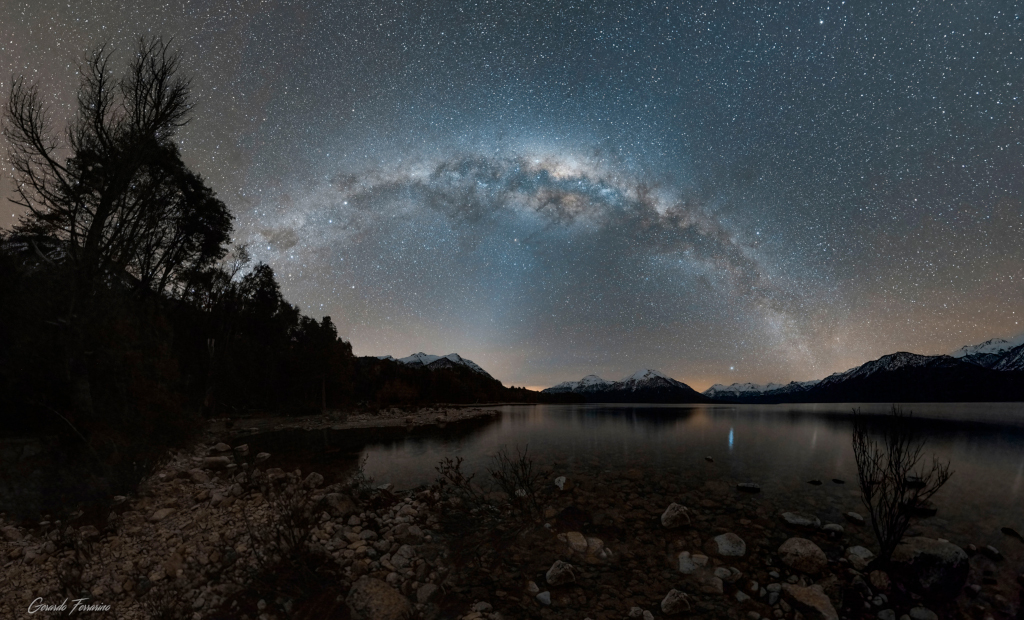Dr. Thomas Zurbuchen, associate administrator of NASA’s Science Mission Directorate, will leave the agency at the end of 2022, after six years of dedicated service.
from NASA https://ift.tt/SgQZIRp
via IFTTT
Dr. Thomas Zurbuchen, associate administrator of NASA’s Science Mission Directorate, will leave the agency at the end of 2022, after six years of dedicated service.
from NASA https://ift.tt/SgQZIRp
via IFTTT

Students from Georgia and Illinois will have the opportunity this week to hear from astronauts aboard the International Space Station.
from NASA https://ift.tt/dl3QM1T
via IFTTT
NASA will host a briefing at 11:30 a.m. EDT (8:30 a.m. PDT) on Thursday, Sept. 15, at the agency’s Jet Propulsion Laboratory in Southern California to provide highlights from the first year and a half of the Perseverance rover’s exploration of Mars.
from NASA https://ift.tt/knGomN9
via IFTTT



Vice President Kamala Harris highlighted the importance of climate, human spaceflight, and STEM education during the Biden-Harris Administration’s second National Space Council meeting Friday, held at NASA’s Johnson Space Center in Houston.
from NASA https://ift.tt/tQzIWTG
via IFTTT
